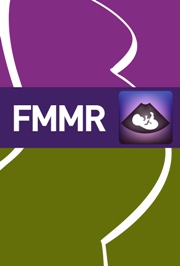Article contents
Shoulder dystocia
Published online by Cambridge University Press: 10 October 2008
Extract
Shoulder dystocia is an unpredictable obstetrical emergency that results in serious complications especially to the neonate. Such complications include fracture of the clavicle, brachial plexus injury, fracture of the humerus and asphyxia.1-4 The incidence of shoulder dystocia appears to be increasing5 and its unpredictability continues to be the nightmare of the obstetrician. The following is a review of risk factors which are associated with shoulder dystocia, a critical review of the usefulness of antenatal ultrasound in the prediction of the macrosomic fetus and a discussion of the controversies surrounding the management of shoulder dystocia.
- Type
- Articles
- Information
- Copyright
- Copyright © Cambridge University Press 1995
References
- 1
- Cited by


